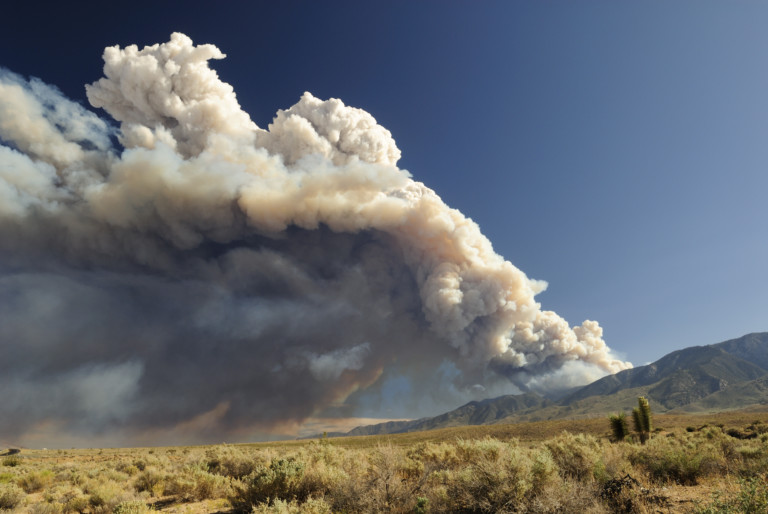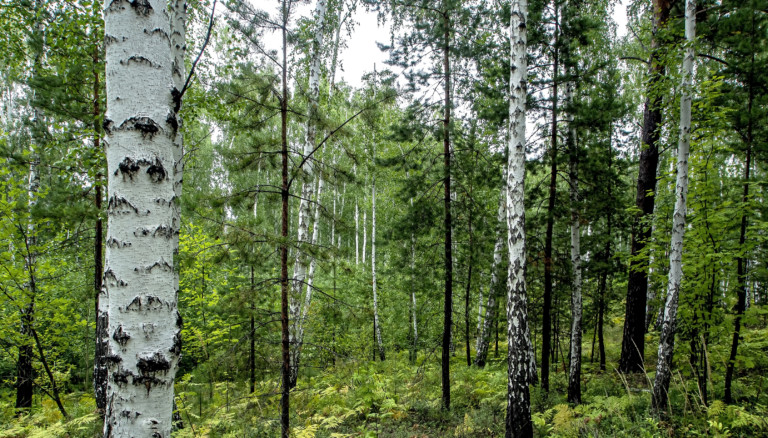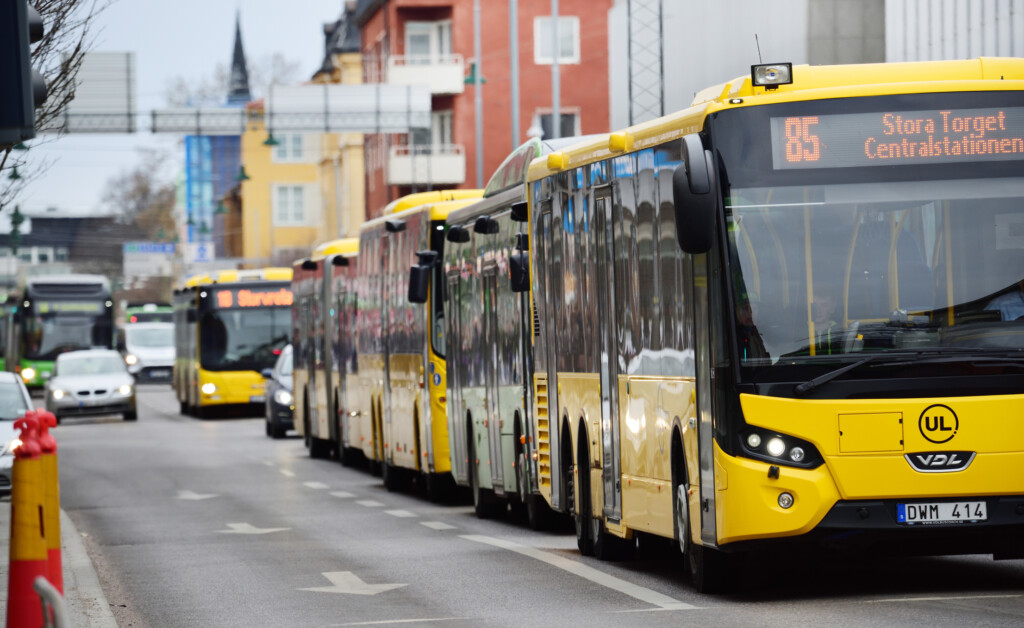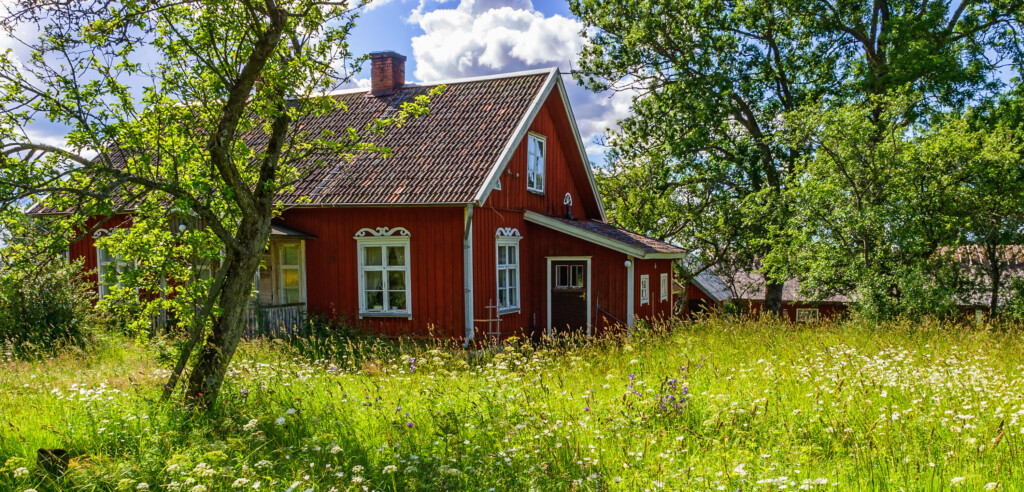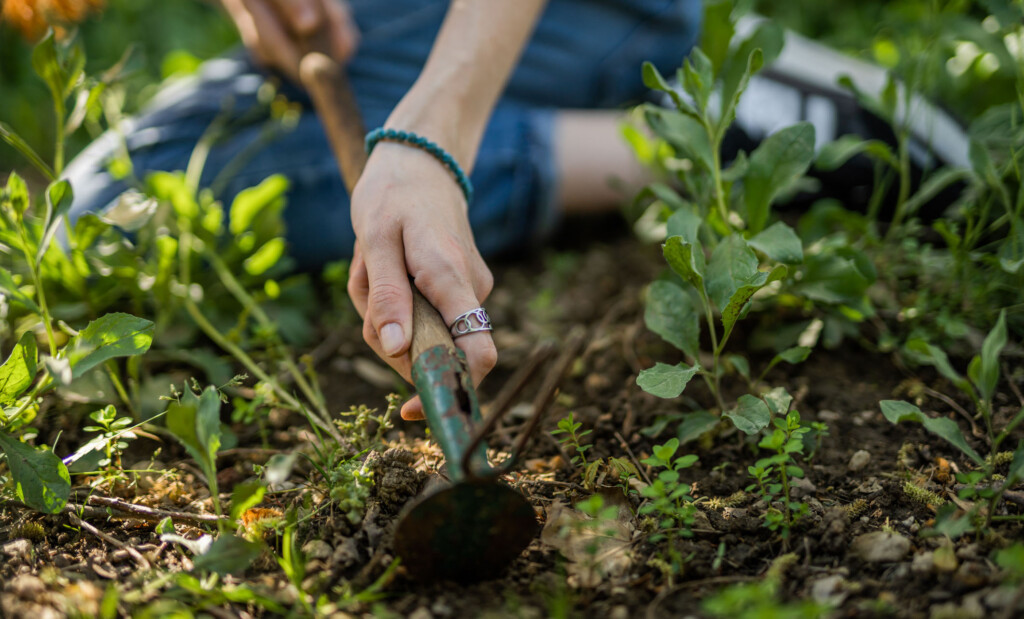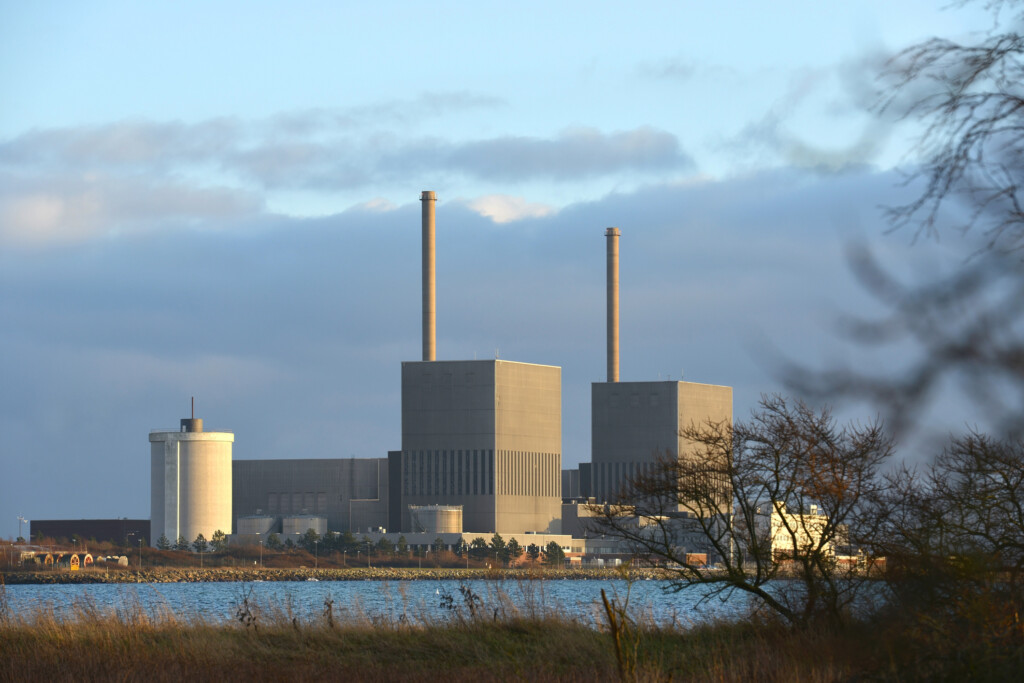Climate
Intensive forestry threatens reindeer herding
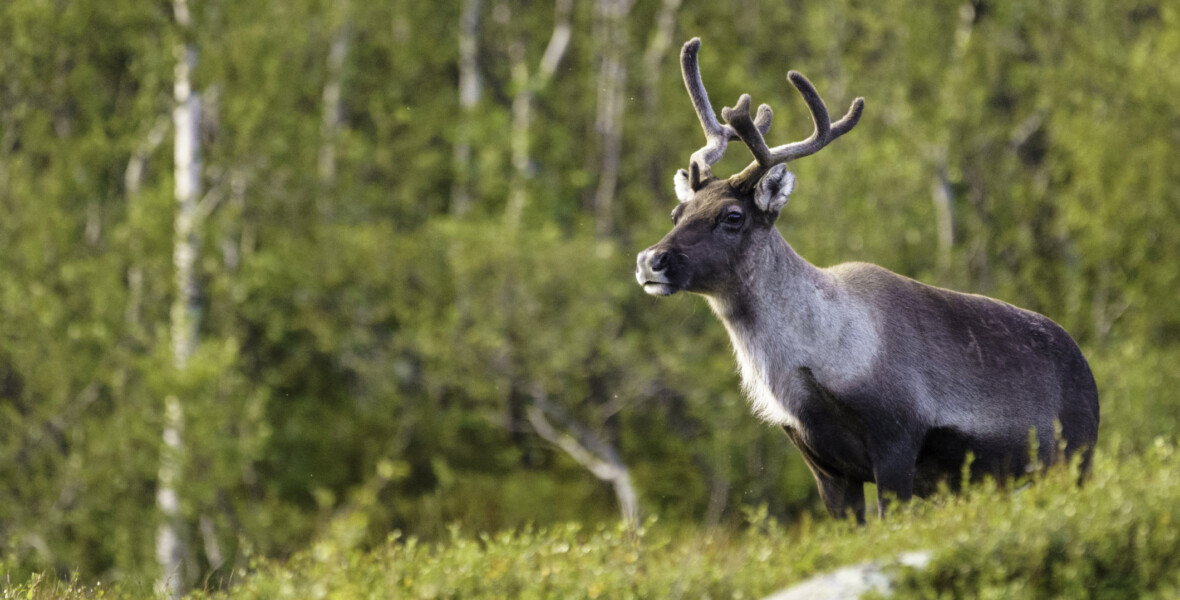
Reindeer herding and forestry have coexisted for at least 150 years, but in recent decades the conflict between the two industries has increased. With a new project, researchers at the Swedish University of Agricultural Sciences want to point the way to forestry that does not displace reindeer herding.
Subscribe to Extrakt newsletter!
Läs mer
Stay up to date! Get the knowledge, ideas and new solutions for a sustainable society.
Personal data is stored only for the mailing of Extrakt newsletters and information related to Extrakt’s operations. You can cancel the newsletter at any time, which means you will no longer receive any emails from us
Reindeer herding is under severe pressure from wind power projects, planned mining ventures and increasingly intensive forestry. Several Sámi reindeer herding communities have asserted that forestry threatens the existence of the entire reindeer industry. Of particular concern is the planting of fast-growing lodgepole pines; research shows that reindeer avoid moving through these plantings.
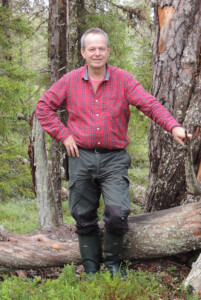
“The natural pine forests that existed previously were more open, and more lichen grew there than in the new, dense forests,” says Lars Östlund, a professor in the Department of Forest Ecology and Management at the Swedish University of Agricultural Sciences (SLU).
He has initiated the new research project, which will be conducted in close collaboration with two Sami reindeer herding communities, Loukta Mava in Arjeplog and Váhtjer in Gällivare, and with researchers at the Silver Museum in Arjeplog. Based on historical documents and interviews with older reindeer herders, the project aims to produce maps showing how the reindeer grazing areas have changed.
“This is the basis for understanding the impact of forestry development on reindeer herding and for influencing future development. The reindeer herders have great knowledge of the landscape and how it has looked historically, so collaboration with the reindeer herding communities is important in this project.
The forestry industry’s perspective dominates
Researchers chose to approach the issue from a reindeer herder’s perspective because they perceive that the interests and expertise of reindeer herders are not reflected in discussions.
Lars Östlund argues that the story of forestry development is currently dominated by the narrative of the forestry industry.
“It is a success story about how the industry has managed to increase timber production. Anything that does not contribute to that development appears in this narrative as a mere distraction. We want to try to counter the forestry narrative, because it is not obvious that more intensive forestry is always a good thing. In addition to affecting reindeer herding, it also leads to negative impacts on biodiversity.”
A more tense debate on land rights
In recent years, there has been an increasingly intense debate about who has the right to make decisions about land in Sápmi (the Sámi region), especially in the context of the green transition. Under the Reindeer Husbandry Act, the Sámi economic associations have the right to utilise the land where their families have lived for generations.
The law also states that the owner of the land may not change the environment in such a way that it “causes considerable inconvenience to reindeer herding”. As an indigenous people, the Sámi community also has the right to exercise control over their lands under international conventions. Yet Lars Östlund notes that in practice the reindeer herding communities have little opportunity to influence how forestry is conducted.
“The rights of landowners are well protected. They have the power to decide how the forest is used,” adding that in many cases the forest owner is the Swedish state.
He perceives the balance of power between the Sámi reindeer herding communities and the forestry industry as skewed in favour of the forestry industry, and he believes that the Sámi reindeer herding communities are often not consulted when decisions about forests are made.
“In principle, the only thing reindeer herding communities can do is to protest after the crucial decisions have already been made. That is why this project is based on the needs of the reindeer industry. We want to gather data and better understand how changes in forestry impact reindeer herding so we can draw upon the reindeer herders’ knowledge of what a good forest should look like.”
Sveaskog: “We actively consult with the Sámi reindeer herding communities”
Sweden’s largest forest owner, state-owned Sveaskog, commented on the project in an email to Extrakt.
“We welcome all types of knowledge that can ultimately improve the potential for coexistence with reindeer herding. We actively consult with the reindeer herding communities to learn and improve together and to find land-use solutions together”.
Maybe there are things the forestry industry can do without exorbitant costs, and it is important to identify those solutions,” Östlund maintains. At the same time, he believes that the forestry industry needs to recognise that it may not be possible to conduct as intensive forestry on reindeer grazing land as it does today.
“We need to give more consideration to other values and not just to the pursuit of more timber.”
